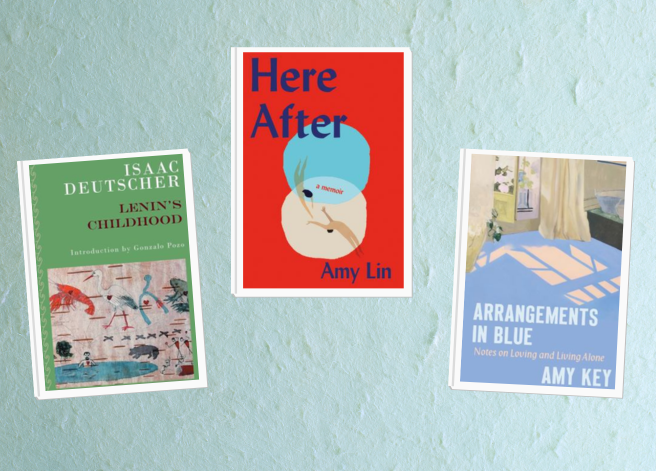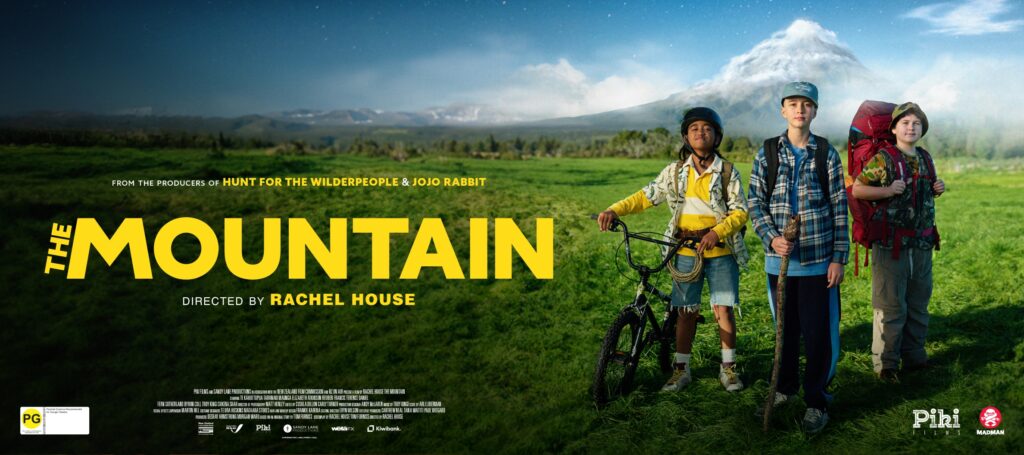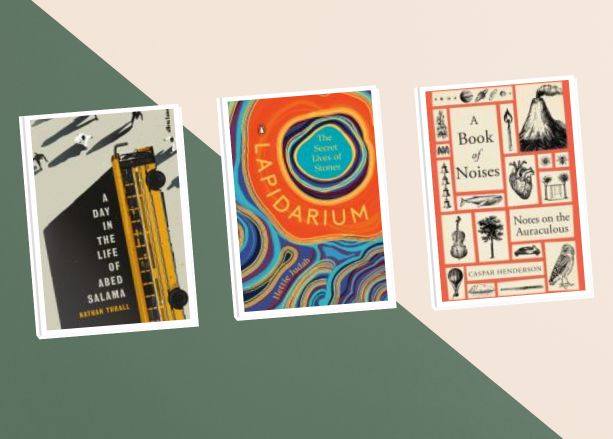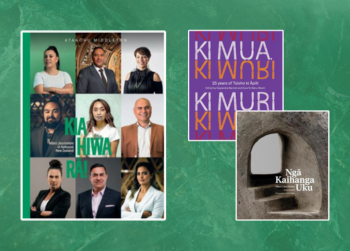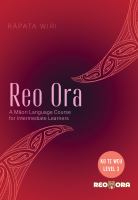Traveling is an incredible experience, being able to see other parts of the world and to learn about different cultures. While it’s great to travel with loved ones, there are benefits to travelling alone as well. You can have complete control over the itinerary, meet new people and it can really help build your confidence. It can sound intimidating at first, but it can be a positive experience that will create many memories. Check out these new travel books for inspiration:
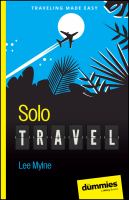 Solo travel / Mylne, Lee | ebook available
Solo travel / Mylne, Lee | ebook available
“A friendly resource to help you prepare for exciting domestic or international travel — on your own. Solo Travel For Dummies teaches you how to plan the solo trip of a lifetime with must-know info, insider tricks, safety essentials, and more. Get expert tips on safety, budgeting, and so much more! Solo Travel For Dummies is for anyone who needs a trusted, comprehensive source of information as they prepare to travel independently.” (Adapted from Catalogue)
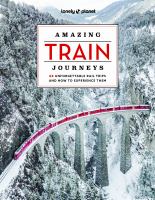 Amazing train journeys
Amazing train journeys
“Discover 60 of the world’s greatest and most memorable train journeys, from classic long-distance trips, such as Canada’s Rocky Mountaineer and Darwin to Adelaide’s The Ghan, to little-known gems on regular commuting lines. Each profile features a detailed description of the whole experience, with practical information such as ticket recommendations, key stops and the best time to travel. Inspiring photographs and an illustrated route map bring every train journey to life.” (Catalogue)
 The man who loved Siberia / Jacobsen, Roy
The man who loved Siberia / Jacobsen, Roy
“Siberia, to me, is a fairy-tale land. Fritz Dorries set out on his first trip to Eastern Siberia in 1877, when there were still blank spaces on maps of the world. Through his twenty-two years in Siberia, Dorries collected a wealth of essential material for scientific institutions, fundamental to our understanding of fauna and flora. This account of his adventures, set down for his daughters in his ninetieth year, and adapted for publication by Roy Jacobsen and Anneliese Pitz, is his second great legacy.” (Adapted from Catalogue)
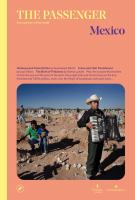 Mexico
Mexico
“Fully-illustrated, The Passenger collects the best new writing, photography, art and reportage from around the world. Mexico: once synonymous with escape and freedom, better known nowadays for widespread violence, narcotraffic, and migration. The ocean, the beaches, the ancient ruins, the tequila: under the patina of mass tourism there’s a complex, neurotic country trying to carve out a place for itself in the shadow of its hulky neighbor.” (Adapted from Catalogue)
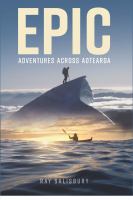 Epic : adventures across Aotearoa / Salisbury, Ray
Epic : adventures across Aotearoa / Salisbury, Ray
“Over the years, countless sea kayakers, climbers and alpine trampers have attempted journeys across New Zealand’s incredible landscape. In Epic, the stories of a dozen memorable Kiwi explorers are brought together, with detailed maps, backstories and stunning images. From the first traverse of the Southern Alps, to the nineteen-year-old who travelled 8000km of coastline, Epic is a testament to endurance, and a reminder to get out there and experience the wild, stunning places of our planet.” (Catalogue)
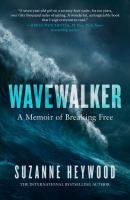 Wavewalker : breaking free / Heywood, Suzanne | ebook available of Wavewalker
Wavewalker : breaking free / Heywood, Suzanne | ebook available of Wavewalker
“Aged just seven, Suzanne Heywood set sail with her parents and brother on a three-year voyage around the world. What followed turned instead into a decade. Suzanne fought her parents, longing to return to England and to education and stability. From the bestselling author of What Does Jeremy Think?, Wavewalker is the incredible true story of how the adventure of a lifetime became one child’s worst nightmare – and how her determination to educate herself enabled her to escape.” (Adapted from Catalogue)
 Best beaches : 100 of the world’s most incredible beaches
Best beaches : 100 of the world’s most incredible beaches
“Discover the world’s most extraordinary shorelines inside this dazzling display of diverse beaches. Featuring transporting photography, tips for how to reach each beach, and reasons why Lonely Planet selected these as the 100 best, this is the ultimate collection of the sand, stone and sea the world has to offer. Whether you’re looking to be inspired for your next trip or simply desire some beach-chair travel, experience the world’s best beaches in this book.” (Adapted from Catalogue)
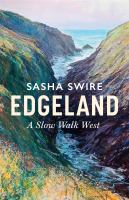 Edgeland : a slow walk west / Swire, Sasha
Edgeland : a slow walk west / Swire, Sasha
“In Edgeland, the political diarist Sasha Swire escapes the confines of Westminster to walk the northern stretch of the South West Coast Path. She discovers that the path is not only a walk-through Britain’s windswept and wave-battered western fringes but a tale about how we and nature have, through extraordinary resilience and relentless spirit, learnt to tame the various forces that are stacked against us. That we live at the edge of the possible.” (Adapted from Catalogue)
 What have we here? : portraits of a life / Williams, Billy Dee
What have we here? : portraits of a life / Williams, Billy Dee Beyond hope : from an Auckland prison to changing lives in Afghanistan / Shah, Bariz
Beyond hope : from an Auckland prison to changing lives in Afghanistan / Shah, Bariz Molly / Butler, Blake
Molly / Butler, Blake

